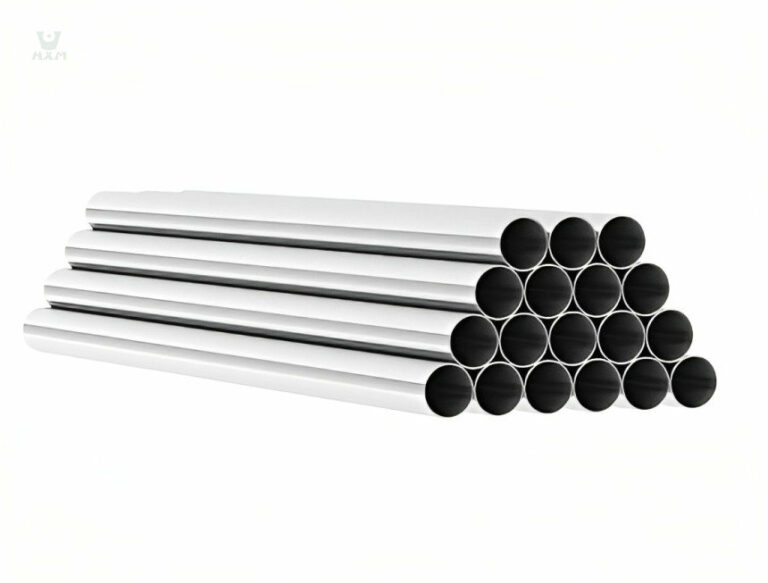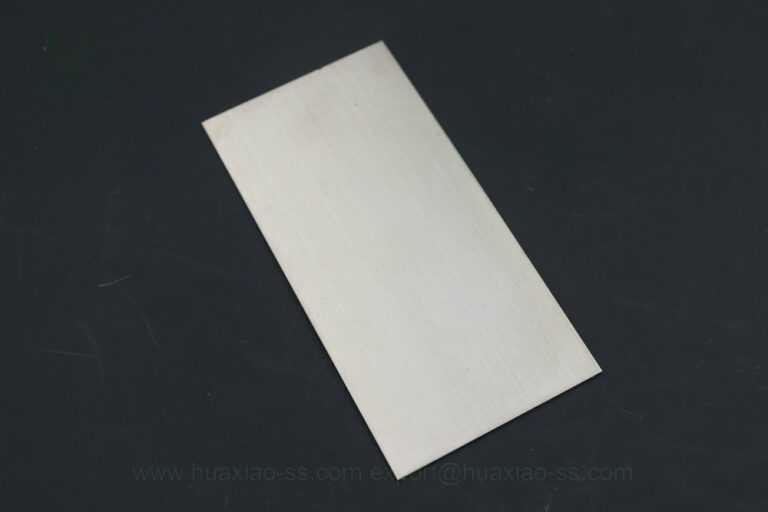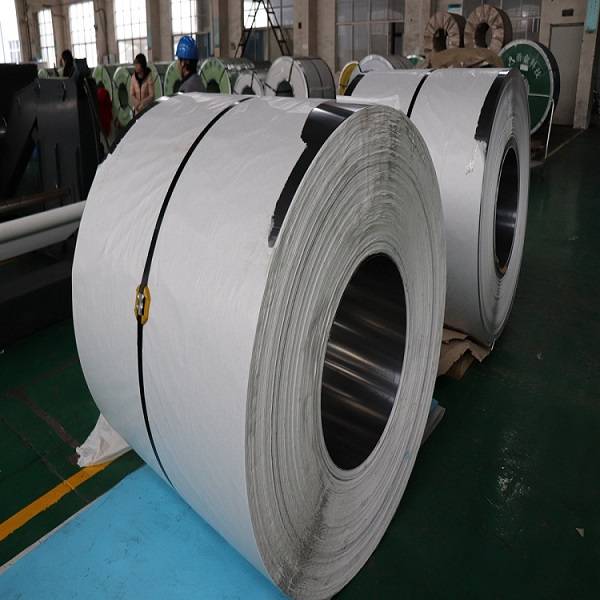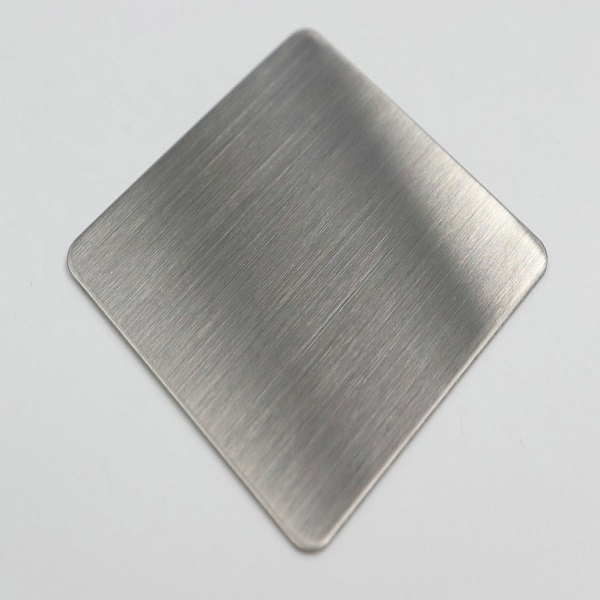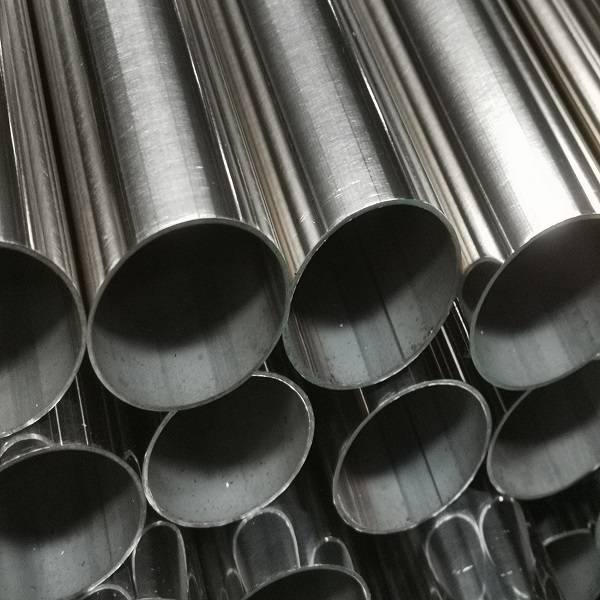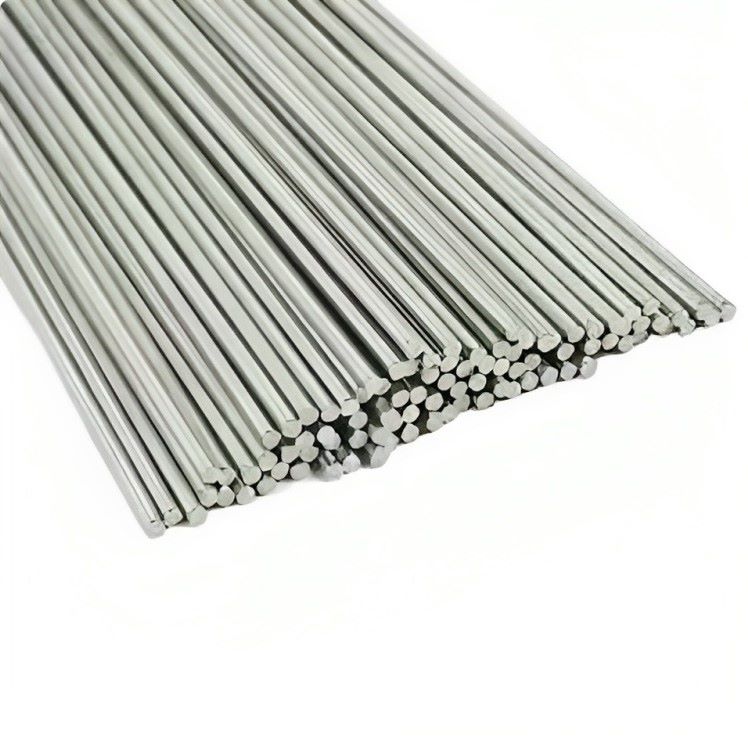
-Huaxiao Stainless Steel Manufacturers
Is 304 Stainless Steel Magnetic?
As is well known, magnetism is a fundamental property of matter, determining whether a substance can be attracted by a magnetic field or generate a magnetic field. As for stainless steel, being an alloy material, its magnetism is often closely related to its composition, microstructure, and processing techniques. So, for the specific material of 304 stainless steel, does it exhibit magnetism?
Definition of 304 stainless steel
304 stainless steel is a type of austenitic stainless steel with excellent corrosion resistance. Its chemical composition mainly includes elements such as iron (Fe), chromium (Cr), and nickel (Ni). Chromium typically constitutes around 18-20% of its composition, while nickel accounts for approximately 8-10.5%, endowing 304 stainless steel with outstanding corrosion resistance and oxidation resistance. Additionally, it contains small amounts of impurity elements such as carbon (C), silicon (Si), and manganese (Mn), among others, which have minimal impact on the performance of stainless steel.
304 | C % | Si % | Mn % | P % | S % | Ni % | Cr % | Mo % | N % | Cu % |
ASTM | 0.08 | 0.75 | 2.00 | 0.045 | 0.030 | 8.0 – 10.5 | 18.0 – 20.0 | – | 0.10 | – |
DIN/EN | 0.07 | 1.00 | 2.00 | 0.045 | 0.015 | 8.0 – 10.5 | 17.5 – 19.5 | – | 0.10 | – |
JIS | 0.08 | 1.00 | 2.00 | 0.045 | 0.030 | 8.0 – 10.5 | 18.0 – 20.0 | – | – | – |
GB | 0.08 | 1.00 | 2.00 | 0.045 | 0.030 | 8.0 – 10.0 | 18.0 – 20. 0 | – | – | – |
-Huaxiao Stainless Steel Manufacturers
Is 304 Stainless Steel Magnetic?
304 stainless steel belongs to a metastable state, and in its annealed state, it exhibits a single austenitic structure, thus lacking magnetism. However, when subjected to cold working deformation processes such as stamping, stretching, or rolling, some austenitic structures undergo a phase transformation, typically converting to martensite, thereby imparting magnetism. The strength of magnetism is closely related to the magnitude of deformation, with greater deformation generally resulting in more pronounced magnetism.
Magnetism
Magnetism, simply put, refers to the property of a substance being attracted by a magnetic field or being able to generate a magnetic field. This property originates from the microscopic structure of the substance, particularly the motion of electrons within the material. On a microscopic scale, the movement of electrons around the atomic nucleus and the electron’s spin both generate tiny magnetic fields. These microscopic magnetic fields interact within the substance, thereby determining whether the material exhibits macroscopic magnetism.
Specifically, the magnetism of a substance can be classified into five categories: paramagnetism, diamagnetism, ferromagnetism, antiferromagnetism, and ferrimagnetism. Among them, ferromagnetic and ferrimagnetic materials can exhibit strong magnetism under the influence of an external magnetic field, while the magnetism of paramagnetic and diamagnetic materials is relatively weaker. This classification is based on the arrangement of electron spins and orbital motions within the material and their response to external magnetic fields.
Conditions and factors affecting the magnetic properties of substances
- Temperature: Temperature is a crucial factor influencing the magnetism of a substance. As temperature rises, the thermal motion of atoms or electrons within the material increases, which disrupts the orderliness of atomic magnetic moments or spin magnetic moments, leading to a weakening of the material’s magnetism.
- Stress: Stress also affects the magnetism of a material. If the direction of stress aligns with the direction of magnetostriction (or magnetostriction contraction), then stress promotes magnetization; conversely, if the directions are opposite, stress hinders magnetization.
- Material Imperfections: Impurities, defects, cold working-induced hardening, and other factors within the material increase the resistance to magnetization, making magnetization difficult and thereby affecting the material’s magnetism.
Conclusion
Through the exploration in this article, we have gained a deeper understanding of the basic characteristics and the mystery of magnetism of 304 stainless steel. 304 stainless steel, with its excellent corrosion resistance and processing properties, has been widely used in multiple fields. In terms of magnetism, it exhibits a unique property: in the annealed state, 304 stainless steel belongs to a single austenite structure and is non-magnetic; however, after undergoing cold working deformation, some austenite structure will transform into martensite, thereby imparting magnetism. This change in magnetism is closely related to the magnitude of deformation, with greater deformation typically resulting in more significant magnetism.
It is worth mentioning that as a professional stainless steel supplier, Huaxiao Metal can provide 304 stainless steel products in various shapes and sizes to meet the diverse needs of customers. Additionally, we have a wide range of stainless steel products from different grades waiting for your exploration. Whether you require any type or specification of stainless steel material, we are committed to providing you with high-quality products and professional services.
Get In touch
Ready to Elevate Your Projects? Dive into our Stainless Steel Collection and Submit Your Specifications Today!
Phone/WhatsApp/WeChat:
+86 13052085117
Email: [email protected]
Address: RM557, NO.1388 Jiangyue Road, Shanghai China


